 |
|||
 |
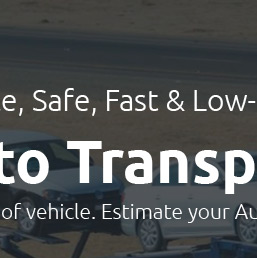 |
 |
|---|---|---|
 |
 |
|
 |
 |
 |
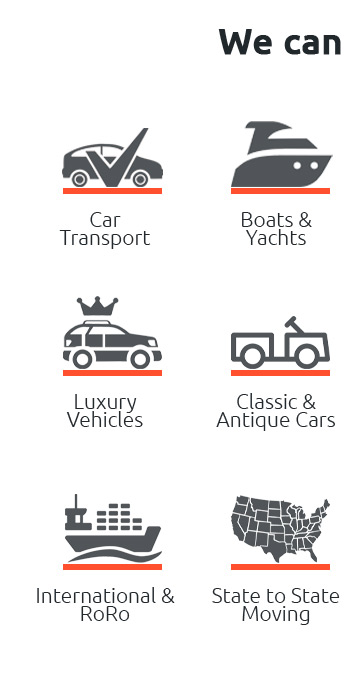 |
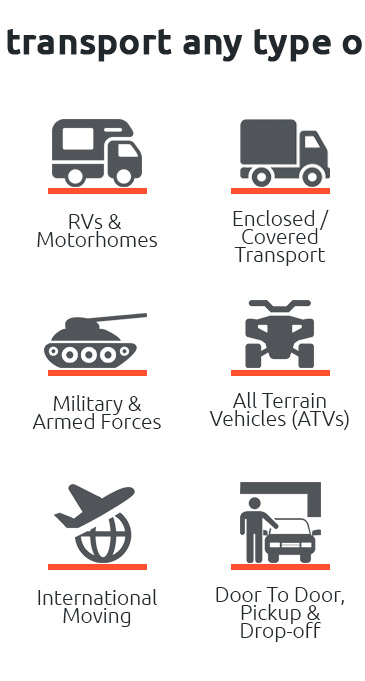 |
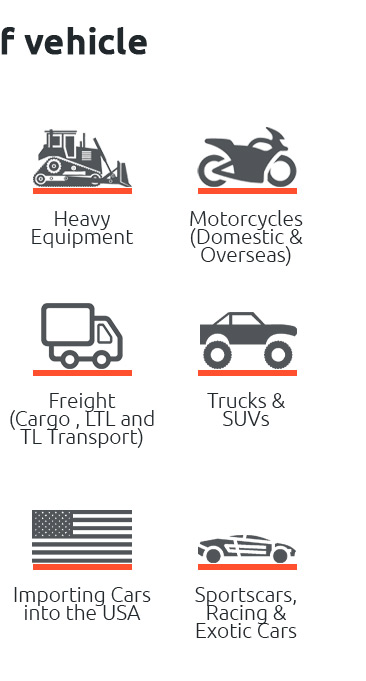 |
|---|
 |
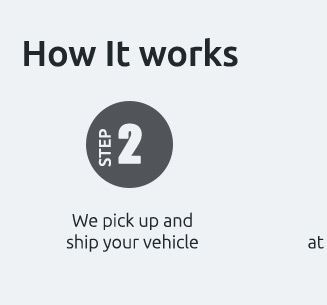 |
 |
|---|---|---|
 |
||
 |
 |
|---|---|
farm equipment transport essentials and best practicesOverviewMoving tractors, combines, and implements safely requires planning, the right carriers, and a clear understanding of regulations. Effective farm equipment transport blends route analysis, securement, and timing to protect assets and schedules. Key considerationsMeasure dimensions, confirm weight ratings, and match loads to trailers such as lowboys or step-decks. Verify permits for oversize travel, escort needs, and seasonal restrictions. Prioritize load stability with chains, binders, and redundant tie-down points, and document each step for compliance. Operational tips
Partnering with an experienced carrier shortens lead times, reduces damage risk, and ensures transparent pricing. With disciplined processes, time-sensitive deliveries arrive ready to work, minimizing downtime during critical planting and harvest windows.
|
|---|